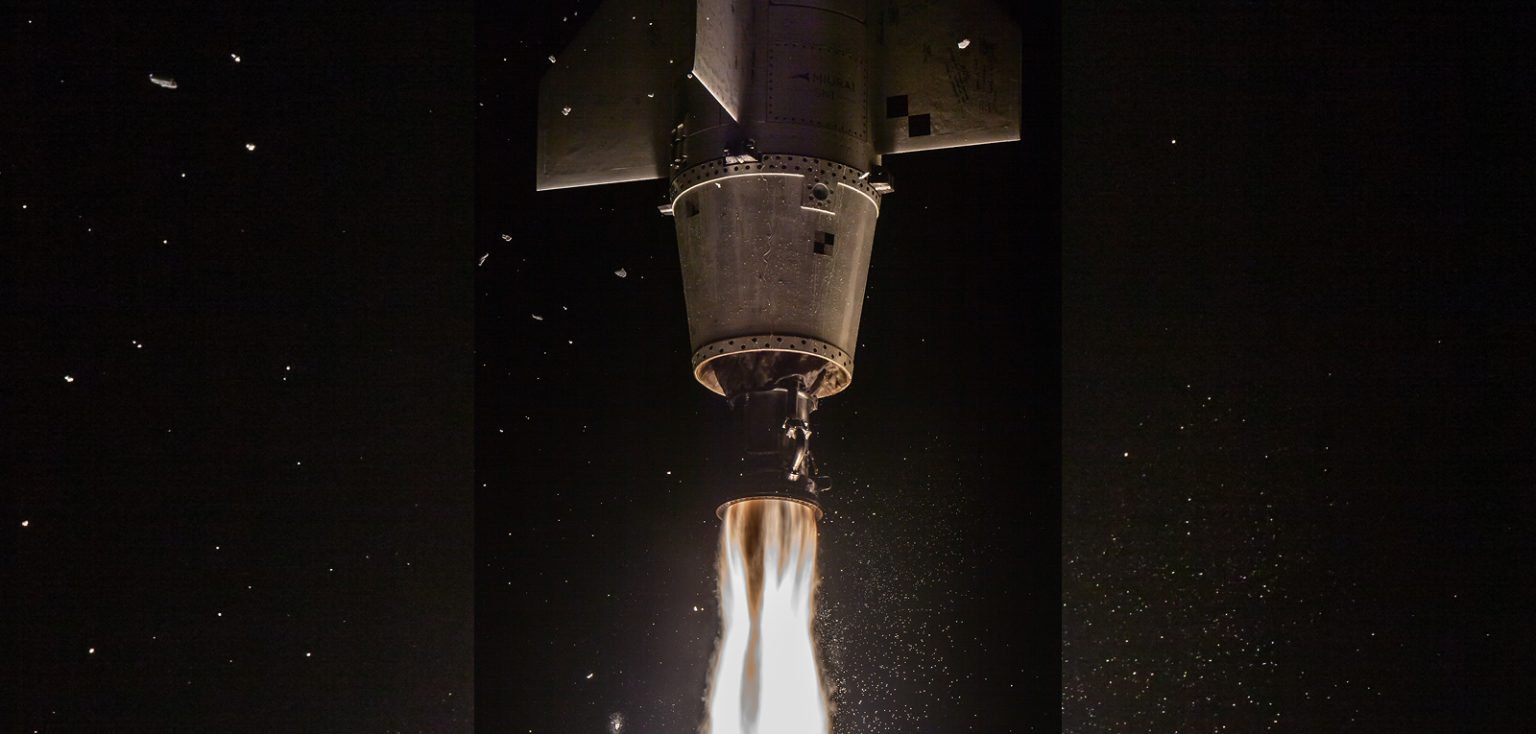No, it is not just a rocket, and it represents a gigantic leap forward in Spain’s space industry. And it accomplishes this as a result of the efforts of young entrepreneurs who created a private company while being certain that they would achieve their vision their dream.
The launch of MIURA 1 is a historic milestone that impacts the entire world, and it arrives in a context of loss of launch capability independence in Europe, with a strategic need to recover that autonomy. The potential of Spanish capabilities, embodied today by PLD, means that Spain is now included in the list of 10 countries that have, or will have in the very short term, full capacity to offer the launch of payloads to space.
The launch of MIURA 1 is a historic milestone that impacts the entire world, and it arrives in a context of loss of launch capability independence in Europe”
If we take a look at the definition of ‘cohete’ (rocket in Spanish) by the Royal Spanish Academy, we will see that it is imprecise:
[1. m. Firework… attached to the end of a long rod…] which is well-known by everyone, and especially in the Community of Valencia, but it does not define PLD’s MIURA 1 at all.
[2. m. Device that moves in space by means of jet propulsion ... weapon of war or as a scientific research instrument] while this is more suitable, it would be better to revise it. It does not define PLD’s MIURA 1 either.
MIURA 1 is a suborbital, reusable, single-stage rocket with an approximate length of 12.5m and a diameter of 0.7m, outfitted with a pressure-fed KeroLOX liquid rocket engine called TEPREL-B (which, in Spanish, stands for Spanish Reusable Propulsion Technologies for Launchers) and with a propellant load of approximately 1,100L of liquid oxygen at -182ºC (LOX) and 600L of kerosene (KER).
The commercial operation of MIURA 1 would enable the suborbital launch of up to four payloads with a total mass of 100kg, with the objective of performing scientific research missions and also for the development and testing of technologies in microgravity, as well as other experiments. The launches would be performed from INTA’s base in El Arenosillo, Huelva.
But MIURA 1 is also a demonstrator, and the successful launch of SN1 has implied a great leap forward a necessary milestone on the path toward MIURA 5. It has resulted in highly valuable capabilities, such as developing test beds and the complete manufacturing of engines and launch vehicles in Spain.
Its launch has allowed for the validation of complex predictive models and the subsequent analysis of recorded data. It was also an opportunity to learn lessons of significant value, which are being applied in the development of the structure, propulsion and avionics of the future MIURA 5 launch vehicle.
MIURA 5 will be an orbital, reusable, two-stage LAUNCH VEHICLE with an approximate length of 36m and a diameter of 2m. Its first stage will be equipped with five TEPREL-C engines and the second one with a TEPREL-C vacuum engine. It will have the capacity to launch 500kg to a polar orbit and up to 1000kg to an equatorial orbit, either from Kourou or from other existingand planned spaceports.





